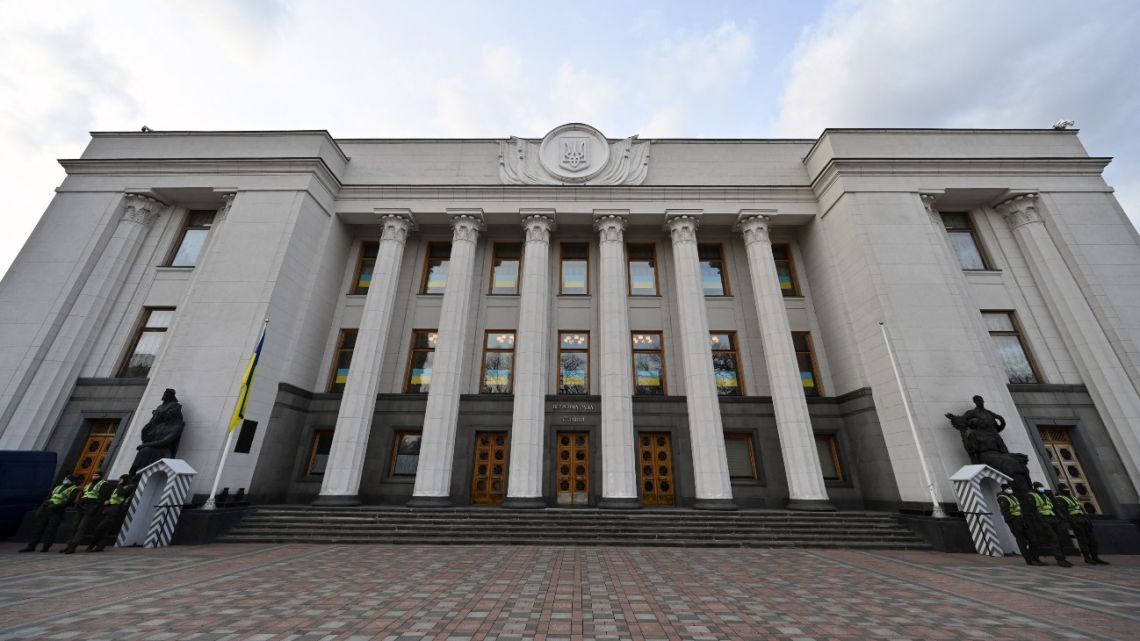Fernando Haddad, Brazil’s Finance Minister, has indicated plans for substantial budget cuts totaling R$ 70 billion ($12.3 billion) over the next two years. The proposal aims to reduce government spending by R$ 30 billion in 2025 and R$ 40 billion in 2026.
The government faces pressure to announce a fiscal adjustment package. In recent weeks, officials have emphasized the need to review public expenditures. However, an official announcement awaits President Lula’s approval.
Haddad’s economic team is considering tying minimum wage increases to the fiscal framework rules approved in 2023. This change would limit wage growth to a maximum of 2.5% above inflation.
The government aims to apply the same spending cap to mandatory expenses like social benefits and unemployment insurance. These programs are currently indexed to the minimum wage.
Potential changes to fishermen’s insurance and salary bonuses are under consideration. The Continuous Cash Benefit program may also see adjustments.
 Brazil’s Finance Minister Signals Significant Budget Cuts for 2025-2026. (Photo Internet reproduction)
Brazil’s Finance Minister Signals Significant Budget Cuts for 2025-2026. (Photo Internet reproduction)Haddad recently met with Defense Ministry representatives at President Lula’s request. The minister suggested that military pension reforms could be added to the spending reduction plan.
The economic team and other ministers have held multiple meetings with President Lula. Disagreements have arisen within the administration about the package. There are concerns about the political cost of actions that might affect the government’s popularity.
Brazil’s Finance Minister Signals Significant Budget Cuts for 2025-2026
Several ministries have been involved in these discussions. These include Education, Labor and Employment, Health, Social Development, and Social Security.
The government’s approach reflects a balancing act between fiscal responsibility and maintaining social programs. It highlights the challenges of implementing budget cuts while preserving popular support.
As Brazil navigates these economic decisions, the outcomes will likely shape the country’s fiscal policy for years to come. The proposed cuts represent a significant shift in government spending priorities.

 By The Rio Times | Created at 2024-11-16 23:02:25 | Updated at 2024-11-22 14:04:24
5 days ago
By The Rio Times | Created at 2024-11-16 23:02:25 | Updated at 2024-11-22 14:04:24
5 days ago








